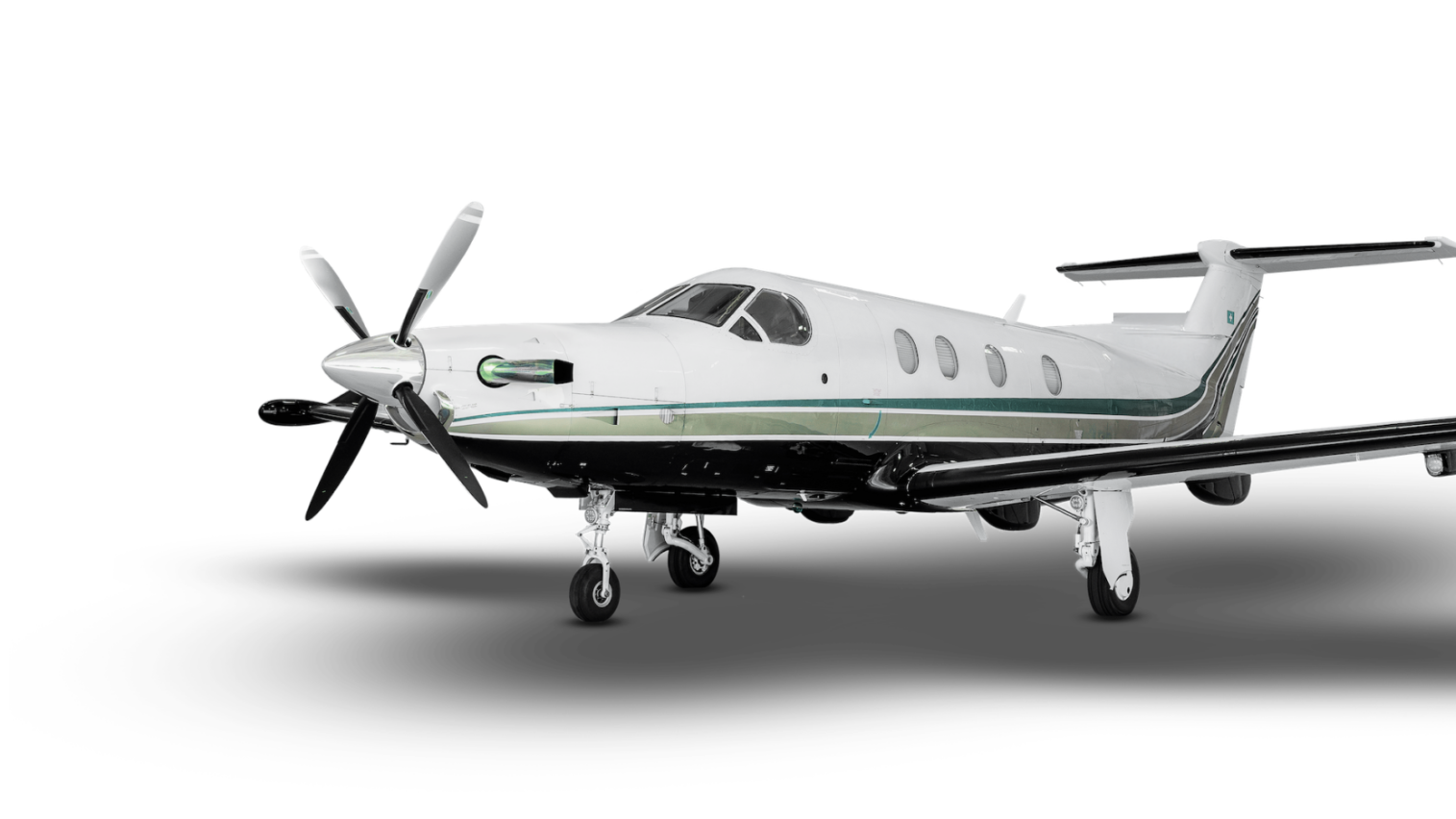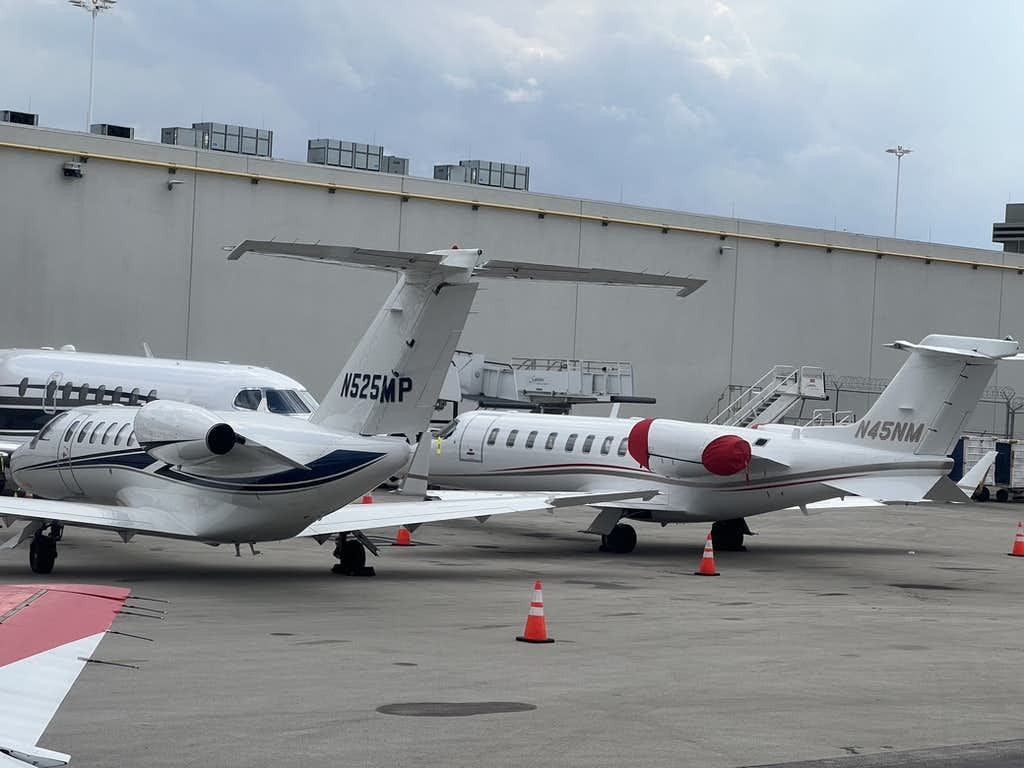
Some private jet providers are looking more closely at profitability instead of just revenues. In fact, you may have already received your walking papers.

It took the Covid pandemic to boost business aviation out of its lost decade precipitated by the 2008 Financial Crisis. Yet along with an influx of new customers and record revenues came higher expenses, new operating realities, and in some cases, a realization that customers could no longer be accommodated in the way they were pre-surge. Here’s how to tell if you are getting fired from your jet card.
As an on-fleet program, NetJets, the largest private jet operator in the world, constrained by fleet capacity, essentially “fired” all its jet card customers when it stopped renewals along with new customer sales in August 2021.
The company has since said many of those flyers were “rehired” into its fractional ownership program, which starts at 50 hours of flying per year.
Others came back when it introduced 25-hour leases last Spring.
Flexjet’s IPO deck revealed that its Sentient Jet unit lost nearly $30 million from the bottom line last year before making program changes in May.
Those changes included moving non-peak callouts and cancelations from 10 to 48 hours, implementing a fuel surcharge, and adding restrictions on additional bookings when it reaches certain flight levels on a specific day.
It showed without that and other changes, the group’s Management EBITDA would have been $145.4 million instead of $183.9 million in 2021.
Some Sentient customers upgraded to fractional shares with sister provider Flexjet where callouts and peak days remain at pre-Covid levels. Others sought new solutions.
Last Fall, its CEO Andrew Collins said the biggest shock was with longtime customers. They had been used to a rule set and pricing that remained essentially static for years.
Some providers just shut their fixed-rate, guaranteed availability jet cards down. They offered refunds or told fired customers they could use the funds with dynamic pricing.
Then last summer, after months of curtailing elements of its fixed-rate, guaranteed availability Elite Access membership, Vista Global’s XO also completely dropped the program, replacing it exclusively with dynamic pricing memberships.
Dynamic pricing is based on market rates and costs. It effectively allows providers to make a markup – profits – on every flight.
In the case of Vista Global, its VistaJet unit launched a 25-hour program. The previous cutoff was 50 hours per year to get fixed rates and guaranteed availability.
It also added same-cost recovery for members of XO’s Reserve membership, which uses dynamic pricing, although peak days are excluded.
Still, one of the world’s largest private aviation providers no longer offers a national fixed-rate, guaranteed availability light, or midsize jet membership.
While flyers want fixed or capped hourly rates with guaranteed availability over dynamic pricing by a nearly 12-to-1 margin, they mean a provider could lose money on the flight if it costs them more to fulfill that flight than the contracted rate they are charging.
The same goes for jet cards that offer recovery at the original price. That’s when a flight is canceled by the provider, usually because of a mechanical.
Providing a replacement at the same cost as the original flight almost always comes with a loss these days, says Michael Farley, CEO of Outlier Jets, which continues to offer recovery at the original price.
Providers have rewritten the language in their contracts regarding recovery flights.
Some cap how much they will cover if those recovery flights cost more than the original.
Others no longer promise there won’t be extra charges if your flight is booked on peak days.
Farley says because jet card flying means losing money on some flights, it can mean a heart-to-heart conversation with jet card customers if it looks like they are cherry-picking.
He says the benefit of the fixed-rate, guaranteed availability jet cards is they give busy people an easy way to book flights, budget their flying, and not spend hours and days getting brokers to bid trips and then scrutinizing the different rules for each quote.
He says the fixed-rate, guaranteed availability jet cards are not designed to be arbitraged with on-demand brokers. They only work for providers if customers use them for their flying within the fixed-rate service area.
However, it’s not clear-cut.
High-volume flyers – those who fly over 75 hours per year – often make money-losing short flights, but a few longer flights offset those losses.
Still, it’s deeper than that when it comes to fixed or capped-rate jet cards with guaranteed availability.
Not all 25-hour jet card customers are equally profitable. In fact, some are losers when it comes to profitability.
The changes highlighted an ongoing practice that some providers screen jet card prospects before allowing them to join.
“Our customers always tell us they want to be profitable,” says Anthony Tivnan of Magellan Jets.
Tivnan says the Boston-based jet card seller, which is a broker, and thus uses third-party operators to fulfill flight requests, screens prospective jet card clients to understand where they will be flying to ensure it can serve them efficiently and profitably.
For prospects that aren’t a fit for its guaranteed availability fixed-rate programs, it’s happy to book flights using dynamic pricing.
Sometimes Magellan refers prospects to other providers.
“Customers want an honest conversation. We often find we get referrals from people after we say no. They are so used to people who just want to take their money,” he says.
Air Partner, acquired by Wheels Up last year, long did stress tests before selling its fixed-rate jet cards.
Its CEO Mark Briffa was appointed as commercial head of Wheels Up in March.
The CEO of a midsize broker says Air Partner and Magellan Jets are not alone in vetting clients before selling them jet cards.
“There are certain parts of the country in the Upper Midwest and Pacific Northwest where you can lose your shirt (with fixed rates and guaranteed availability),” he says.
Patrick Harris is the Owner of Velocity Jets. It’s a boutique broker that sells a limited number of cards.
Velocity was the first to put a hold on sales to new clients back in July 2021.
He looks explicitly for flyers who travel between large popular centers and whose flights are at least two hours.
Not all executives believe in the screening process.
Sentient Jet’s Collins says, “We take everybody because you got to be in it to win it. If you are vetting people because you need to understand their flying patterns, you don’t have a true jet card.”
Sentient, the inventor of the jet card, is a major player with over $450 million in sales in 2022.
Fly Alliance is one of the 20 largest U.S. operators based on charter and fractional flight hours. Co-founder and President Chris Tasca agrees with Collins. “I’ve built the program and structured the program to serve anyone in the country,” he says.
However, there are benefits to being in regions with lots of private jet availability.
“For customers in high-density areas, we offer a stronger new member concession,” he adds.
Many believe that Wheels Up will be the next big player to give some of its members walking papers.
With the most members of any program, it could have a big impact.
In its 2022 Q4 earnings call in March, Wheels Up executives used the word density seven times. That’s seven times more than its Q3 call.
For example, CFO Todd Smith said, “We have also focused our sales and marketing spending to target more profitable revenue that leverages network density in specific regions and at specific times.”
He added, “As I touched on earlier, we are prioritizing our sales and marketing efforts to drive specific demand that augments our network density where incremental margins are highest.”
Smith also noted, “[W]e have taken steps to reduce some of the less desirable regions from our guaranteed programs where many flights are associated with costly repositioning legs, which can result in much lower margins.”
Last December, Wheels Up eliminated Los Cabos and all but a few Canadian cities from its fixed-rate service area. It also stopped fixed rates anywhere outside of the Continental U.S. for jet cards sold through its Air Partner group.
Last month, Wheels Up announced a new King Air membership available only for flights east of the Mississippi.
Wheels Up is being driven by investors who now want profits over the unbridled growth it has delivered.
If they impact your flying, these changes could mean you are no longer a good fit for your jet card provider:
Programs typically communicate changes in emails to members.
In the contracts, a significant change can mean no more than changing the wording of a single sentence.
I’ve run into quite a few flyers who only found out about the changes when they tried to book flights impacted by the new rule sets.
In other words, when you are renewing, don’t expect your provider to review the fine print changes.
Protect yourself by making sure you compare contracts and read email notices from your provider.
One executive says to expect more changes. “A provider must be profitable on an overall basis, and that’s Business 101. If you’re not making money, you will need to change something before the money runs out.”
Another CEO says, “You see a lot of jet cards being launched by people who don’t understand the business. They don’t have the capitalization to offer a sustainable program.”
He adds, “They either feel they are missing out, so they add a jet card page to their website, or they are attracted by the idea of taking six-figure deposits they can use until you call and book flights.”
Sentient’s Collins believes there will be a bifurcation, with a select group of large providers that can sustain a take-everyone national program and others that will offer regional solutions, dynamic pricing, or invitation-only products.
If you are flying between airports that see a lot of private jet activity or in busy corridors, such as up and down the east coast, you are probably in a better position to negotiate free hours or flight credits.
If you are a high-volume flyer – 50 and 100 hours or more per year, again, your leverage goes up.
Just because a provider no longer offers a published coast-to-coast discount doesn’t mean you can’t negotiate something if you are a frequent flyer.
On the flip side, if you are flying from and to airports where the airplanes you fly on almost always require long repositioning legs, and if you are doing 25 hours or less per year, don’t be surprised if some providers won’t offer you their fixed-rate, guaranteed availability programs.